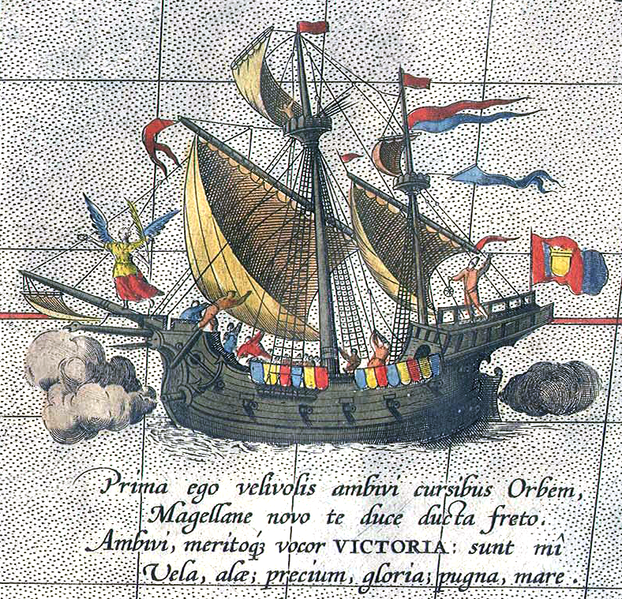Colonialism in Africa
In 1415 Henry the Navigator conquered the North African city Ceuta. The small victory had powerful consequences. With Ceuta, the colonisation of the continent began. For over five centuries, European forces gradually subdued Africa’s peoples.
What had the plague in Europe to do with Africa’s Colonisation?
In the 15th century, in Europe the plague was raging and the power of the nobility started to crumble. The people craved gold, resources and spices, luxury goods that came from India. However, they became more and more expensive. Arabs had started to step in as middlemen and cashed in on this profitably. Now, the noble houses did not want to pay their expensive prices anymore. What could they do? The land route to India was blocked; the only possibility left was the sea route.
Journeys of Discovery
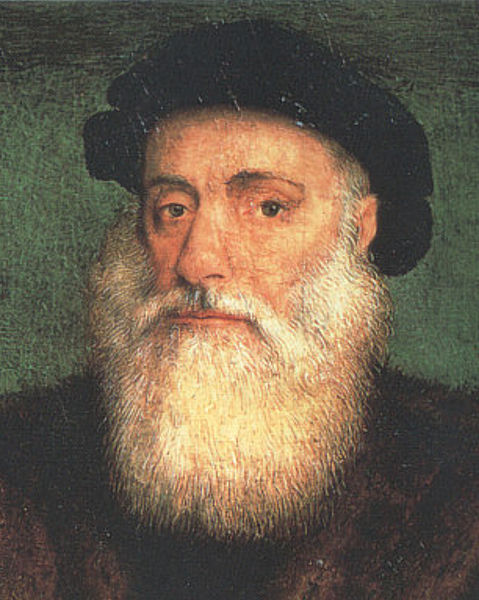
(c) Portuguese0021
Henry the Navigator, son of the Portuguese King John I, had new ships built, which were solid and manoeuvrable enough to cross the oceans. He financed costly expeditions and sent his best seafarers towards Africa on the modern caravels to explore the sea route to India. The goal was to setup a worldwide trading network, which should secure Portugal a dominant position in Europe. It was a daring undertaking, but nevertheless, but everyone of distinction within the business of seafaring wanted to be part of it.The most venturous seafarers were Bartolomeu Dias (in the picture on the right), who advanced to Kapland in 1497, and Vasco da Gama, who reached East India by sea route ten years later as the first Portuguese ever. Their route led from Lisbon around the Cape of Good Hope on to East India. They crossed the Arabian Sea and reached the coast of Malabar in the West of India. Via the Bay of Bengal they sailed through the Strait of Malacca, and via the Ceram Sea and Banda Sea they reached the Spice Islands. Via this new trading route, pepper, cloves, nutmeg and cinnamon were imported. These spices were of immense value during the Middle Ages, as they were not only used to season dishes but also served as preservatives and as basis for medicinal products.
The First Trading Posts
The navigators anchored at various coastal areas in Africa to gather fresh water and food products. Everywhere they came ashore, the captains would establish so-called Padrãos, which were large stone pillars. On there, the Christian cross as well as the emblem and inscriptions of the Portuguese king could be found. They were the first signs of Europeans made a claim to Africa. The geographers travelling with them drew maps of the coasts and obtained a more and more precise vision of the African continent. The Portuguese were impressed with the exotic landscapes and the wealth of the peoples on the coast. Islands and coastal strips were occupied and settled. It marked the beginning of Africa’s colonisation, extending over a period of five centuries.
The Exploration of the Sea Route to the Indies
The most venturous seafarers were Bartolomeu Dias, who advanced to Kapland in 1497, and Vasco da Gama, who reached East India by sea route ten years later as the first Portuguese ever. Their route led from Lisbon around the Cape of Good Hope on to East India. They crossed the Arabian Sea and reached the coast of Malabar in the West of India. Via the Bay of Bengal they sailed through the Strait of Malacca, and via the Ceram Sea and Banda Sea they reached the Spice Islands. Via this new trading route, pepper, cloves, nutmeg and cinnamon were imported. These spices were of immense value during the Middle Ages, as they were not only used to season dishes but also served as preservatives and as basis for medicinal products.
Merchants take over Africa’s Market Places
Soon after the first seafarers, merchants and adventurers followed; the prospect of becoming rich very fast had led them to Africa. The traders established contact with the coastal inhabitants and tribal chiefs. They acquired land at dumping prices and established trading posts. On West Africa’s coasts they encountered peoples, who disposed of immeasurable treasures of gold, ivory, wheat and slaves. Brisk trading began. Copious quantities of gold reached Europe and created a new kind of wealth. The traders named the coasts according to the goods they obtained from there; the Gold Coast in today’s Ghana, the Slave Coast reaching from Togo and Benin until Nigeria and the Ivory Coast, which, up until today, bears its name from the brisk trading with ivory. Soon after the establishment of trading posts, European merchant houses got involved in slave trading. The acquisition of the “Human Ware” was left to the African and Arabic man hunters. The European merchants took over the sale and transport across the world. During the 17th and 18th century, the transatlantic slave trade became a gigantic business for Europe; the consequences for Africa and its population were devastating.
Explorers and Missionaries prepare Africa’s Colonisation
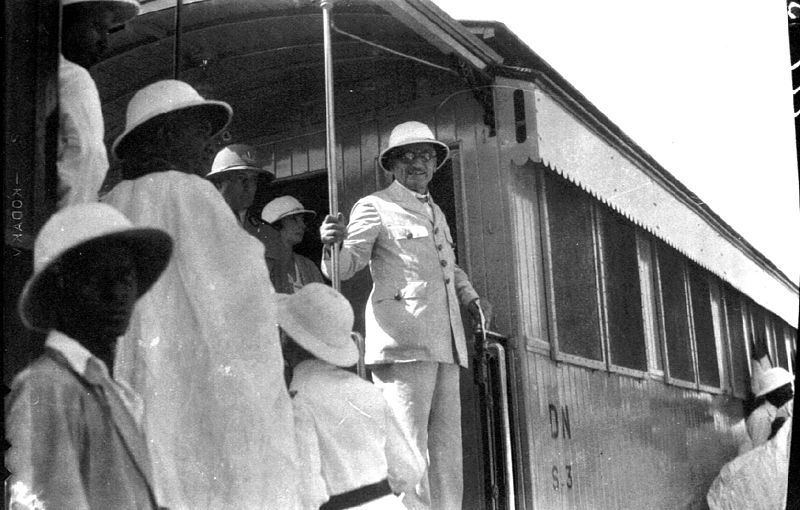
(c) public domain
After the merchants, explorers arrived who canvassed the interior of the continent. They embarked on adventurous expeditions to explore the big rivers. They travelled along the Niger River, the Nile, the Congo River and the Zambezi River. Many of them never returned after dying of Malaria, yellow fever and other diseases. Eventually, European missionaries set foot on African grounds. In conjunction with the merchants and government delegates they changed the continent. By the Christianisation of thousands of Africans and by building a great number of mission schools, they laid the ground for the colonisation of the African peoples. 300 years after the first missionaries had landed in Africa almost all of Africa was under the control of Europeans.
Africa’s Conversion in the 16th Century

(c) Steve Evans
Since Africa’s North had already been Islamic for centuries, the European missionaries began to convert southern Africa to Christianity. Henry the Navigator was regarded as major role model because he led his expeditions of discovery under the sign of the Holy Rood. At the beginning of the 16th century, Portuguese and French priests began their missionary work in the Congo area. In the eyes of these missionaries, black people were ‘savages’ and ‘heathens’. They regarded it their duty to discipline these savages into civilised people and despised the African faith in the ancestors. In their eyes it was heathenish hellish stuff, which had to be exorcised out of the black people. Hence, they told stories from the bible and declared that their God was better than the African gods. They did their utmost to force the Christian faith upon the indigenous people and had no regard for the millennia of old traditions and rituals of the natives. The missionaries built churches and schools to prove that they were more powerful and possessed greater knowledge than the African rulers. The people that were converted were then baptized and their children were sent to the mission schools. They ought to provide the colonial masters with useful services in the latter’s goal to subjugate all African peoples. The people had to learn the language of the new rulers and even until today, in many African schools lessons are taught in the language of the former colonial masters. Just like the Islamic scholars, the Christian missionaries also did not proceed cautiously spreading the Christian faith. Those Africans, who could write complained about the arrogance and cruelty of many missionaries, some of them even offered resistance, but the majority did not resist. They followed the example of the African rulers, who let the missionaries convert them to Christianity. In exchange the missionaries promised the construction of schools as well as help with their administration.
The First Christian in the Congo

(c) Steve Evans
One of the first African rulers, who was converted to Christianity, was the Congolese king Afonso I, who was baptized in 1506. The missionaries had raised him to act entirely in terms of the European conquerors. He subordinated himself to the wishes of the Portuguese and supplied them with diamonds and slaves. In return, the Portuguese helped the Congo king with the organization of the empire and supplied him with weapons to equip a large army. When the Portuguese demanded more and more slaves, Afonso did not want to do business with them anymore and banished the Portuguese. The first African female ruler, who converted to Christianity, was queen Nzinga of Matamba. Later, a magnificent church was built in her kingdom. The most famous missionary who came to Africa was David Livingstone from Scotland. He undertook several expeditions to Africa and was the first European to cross the continent from west to east. In 1854, he travelled down the Zambezi River so he could bring the evangel to the tribes in the heart of Africa. On his journey he came upon giant waterfalls, which were called “Mosi-oa-Tunya”, thundering smoke, by the locals; however, he named them “Victoria Falls”, after his queen Victoria. Over and over, his paths would cross with slave traders. Being a Christian, slave trading, in his eyes, was a serious offence against humanity and he supported the abolition of slavery.
The Scramble for Africa
The most famous missionary and Africanist was David Livingstone from Scotland. He undertook several expeditions to Africa and was the first European to cross the continent from west to east. In 1854, he travelled down the Zambezi River so he could bring the evangel to the tribes in the heart of Africa. On his journey he came upon giant waterfalls, which were called “Mosi-oa-Tunya”, thundering smoke, by the locals; however, he named them “Victoria Falls”, after his queen Victoria. Over and over, his paths would cross with slave traders. Being a Christian, slave trading, in his eyes, was a serious offence against humanity and he supported the abolition of slavery.
Africa is Divided
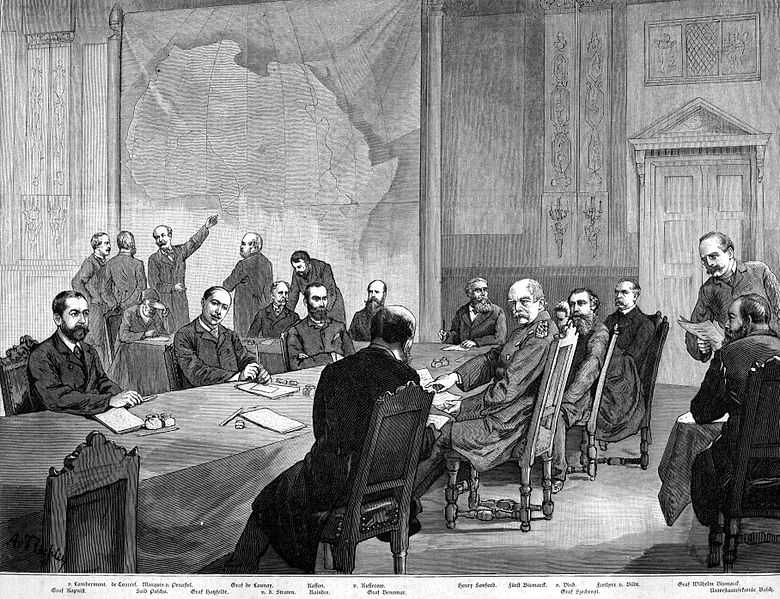
Zeichnung von Aldalbert von Roler (c) gemeinfrei
In 1884, the German Reich Chancellor count Otto von Bismarck invited all European heads of state to a conference in Berlin. The quarrelling Europeans were to divide the African continent between themselves peacefully. The politicians gathered in front of a large map of Africa. They argued and bargained and finally split the territories among themselves. The borders in between territories were drawn on the map with a ruler.
In Kenya, the Brits ruled. They colonised the country with British post-war soldiers; these people were assigned the best estates in central Kenya. Their interests had priority over those of the African population. When the black farmers wanted to cultivate the coffee variant Arabica, which was more profitable than the variant Robusta, the white settlers made sure that they would receive the sole monopoly on the cultivation of Arabica. At the beginning of the 20th century, the British sent for about 32000 workers from India to build the railway from Mombasa to Lake Victoria. Thousands of workers later settled in Kenya and Uganda and ousted the local population.
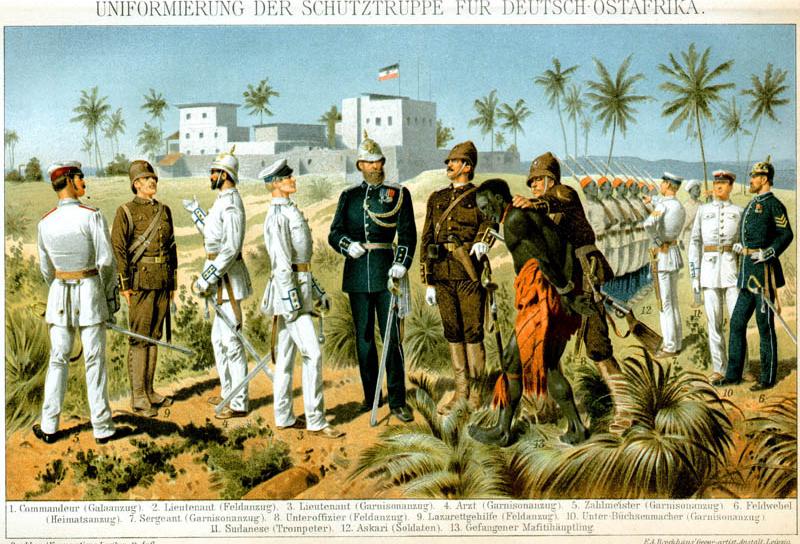
The cruellest colonial regime was under king Leopold II, the King of Belgium. He benefitted from large territories around the Congo River as his private property. Through unprecedented cruelty, he exploited the working power of the local inhabitants. In Congo, the most important resource was rubber. After the development of automobiles driving on rubber tires, the demand increased at great pace. Car manufacturers stopped at nothing to get to the resource as cheaply as possible. Armed gangs attacked settlements and villages, tortured the people and mutilated them until they would get the demanded amount of rubber. When the cruelties became internationally known, the Belgian king had to surrender his territory. Hereby, the worst atrocities to the population came to an end.
Uprisings against the Colonial Forces
The population in the colonies fought back against the oppression and enslavement through riots and wars. The Herero and Nama rebellion in Namibia and the rebellion of the Kikuyu in Kenya shows that the people in the colonies organised and fought against their oppressors together. As from about 1920, in all parts of the continent independence movements were formed. Through decades of resistance, the African peoples were able to free themselves from the European colonial powers. As from 1960, all African countries became independent.
African Countries that were not Colonised
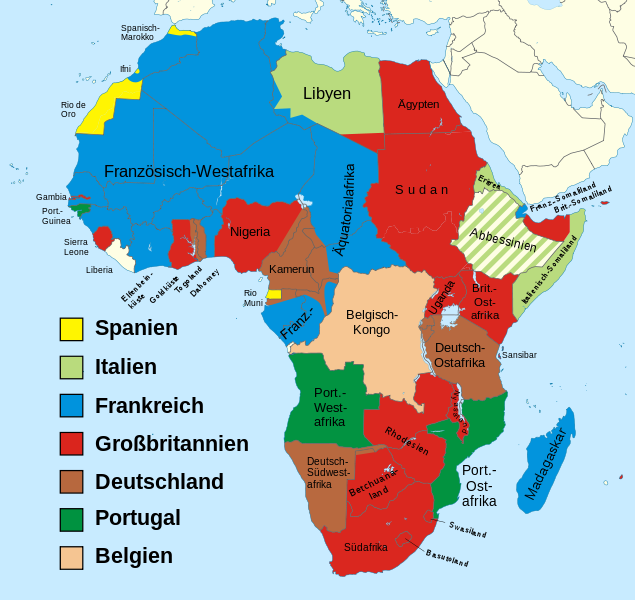
(c) wikicommons
There were two African countries that were never or just for a short period of time controlled by European forces: Ethiopia and Liberia. Italy had tried to occupy Ethiopia, but the Italian forces could only hold their ground for a few years. Liberia is the little white spot in the west of the continent. The country was a independent island in between occupied countries. Americans had acquired the territory so released slaves could settle there. It was after World War II, when Europe lost its colonial rule. Between 1958 and 1964, many African nations gained their freedom. On March 6, 1957, Ghana was the first country to gain independence from Britain. By 1964 almost all African states attained independence.
The Storytellers preserved African Traditions
Perhaps the most effective and least apparent expression of subversion was through storytelling and poetic traditions. The apparently harmless storytellers have acted as front-line soldiers. They maintained the cultural identity. The stories of the Africans have provided an understanding of their past and the way the past relates to the present. These traditions helped them to continue their culture, their tradition, their way to withstand. Oral and written traditions have been a bulwark against what became 350 years of colonial rule.

